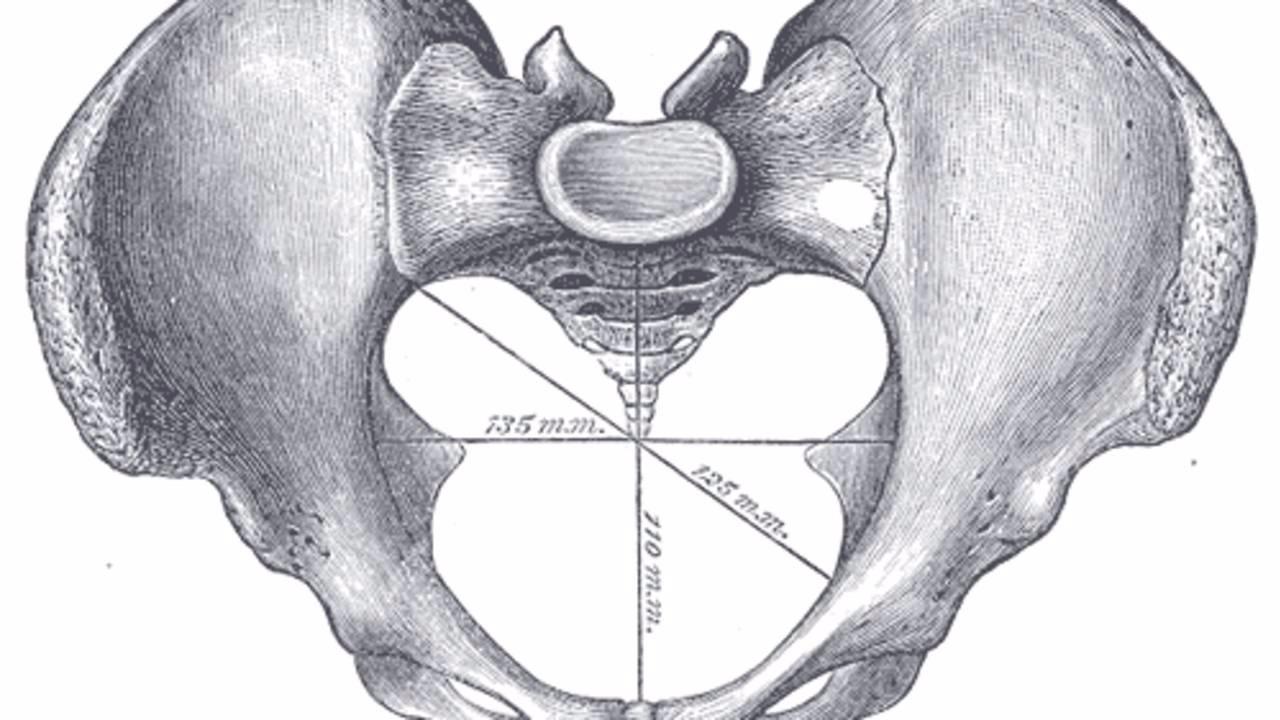Pilates Exercises For Pelvic Floor Dysfunction
Aug 21, 2019
The pelvic floor is a group of muscles, ligaments and connective tissue in the lower pelvic region. It acts as support of your inner organs, keeping them in place and helping them function properly.
The muscles of your pelvic floor - like any other muscle in the body - must have the ability to lengthen and shorten. When we lose this ability, we refer to it as pelvic floor dysfunction. If not corrected, this can lead to pain, incontinence, and - in women - uterine prolapse.
I use the Encyclopedia regularly, and love the lesson on cueing. The videos with their very detailed explanations are great for covering everything you need to know about each exercise. I like the variations to expand the ones I use already. The Pilates Protocols section is very useful for giving me new ideas or confirming I am on the right track if I have someone who has a specific goal or injury.
~ Wendy, New Zealand
Pilates offers many exercises that are safe to be practiced with pelvic floor dysfunction, and even more than that, prevent dysfunction before it gets too severe. As always a few things need to be kept in mind. Here are some guidelines and exercises to get you started:
-
If severe, practice supine only or in an inclined position (pelvis higher than your shoulders) by - for example - using a wedge with the pelvis on the higher part, the head on the lower part.
-
To shorten your pelvic floor muscles, think about drawing your sit bones closer together. This will strengthen or tighten your pelvic floor. To lengthen your pelvic floor muscles, think about spreading your sit bones further apart. This will reduce tension.
Related: The Cueing Cure: Dramatically Improve Your Verbal Cueing in 30-Days
Reformer
- Footwork
- Feet in Straps: If severe place large wedge under torso to elevate your pelvis
Trapeze Table / Tower
- Parakeet
- Breathing
- Footwork
- Supine Leg Springs: If severe, place large wedge under torso to elevate pelvis.
- Squats: On the way down, your sit bones will spread apart (pelvic floor lengthens). On the way up, your sit bones will come closer together (pelvic floor engages).
- Standing Leg Springs: Pliés
Chair
-
Lying Flat: Hamstring Curls and Frogs
Mat
- Dead Bugs
- Bridging
- Bent Knee Openings
- Pelvic Clocks: When tipping your pelvis posteriorly (towards your head) your sit bones come closer together. When tipping your pelvis anteriorly (towards your feet) your sit bones move further apart.
Spine Corrector
- Bridging
- Leg Series
Stability Ball
- Breathing
- Side to Side (small ROM)
Rotator Discs
- Turn Feet In + Out: Stand with one foot on each disc. Turn your feet out so your toes move further away from each other and your heels closer together (this will move your sit bones closer together). Then turn your feet (legs/hips) internally so your toes move closer together and your heels further apart, which will cause your sit bones to move further apart and stretch.











